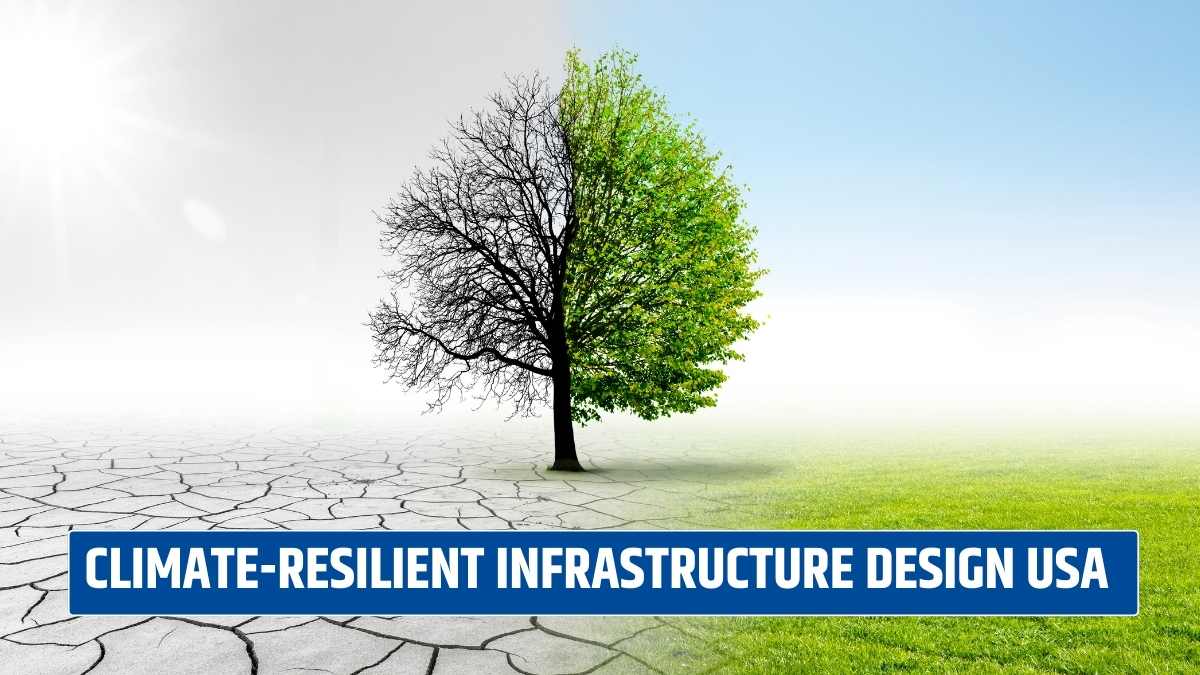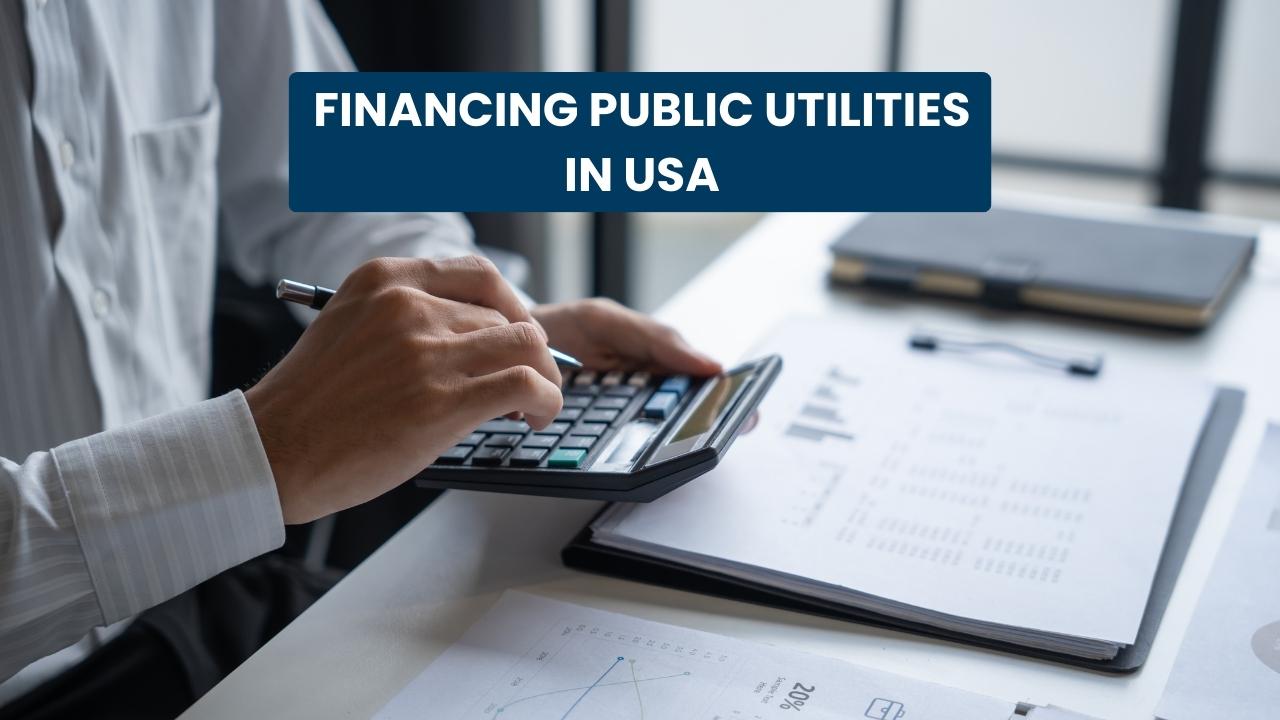The affordable and reliable high-speed internet is a necessity in today’s digital world. The government understands this and has expanded funding for the broadband infrastructure for rural America. Let’s understand the current broadband infrastructure needs and the government initiative to improve it.
Broadband Infrastructure Expansion in Rural USA
High-speed internet access is important for modern life and digitalization. E-connectivity is vital for the growth of rural areas, modern communications, and access to other facilities, such as healthcare, schools, and others. The expansion of broadband networks in rural America aims to create digital equality between rural and urban areas.
However, rural America is still lagging in the context of e-connectivity, such as 22.3% rural people and 27.7% tribal Americans do not have the 25/3 Mbps broadband in comparison to 1.5% of urban area Americans.
The US Department of Agriculture started the ReConnect Program in 2018 and invested $1 billion to expand the broadband infrastructure in rural and tribal areas. The federal government has also set aside $65 billion for broadband infrastructure in the Bipartisan Infrastructure Law.
How important is Broadband infrastructure for Rural America?
The broadband infrastructure improvement in rural and tribal America is important for the following reasons:
- The broadband network in rural areas in the US would boost economic development, rural entrepreneurship, and bring innovative technologies that will increase productivity in rural areas.
- Access to high-speed internet will connect rural people to the outside world, let them learn new things, adapt to innovative technologies, and learn new skills that can help them. For instance, they can learn about the tools for agricultural management, predict the agricultural trends, and others
- Healthcare access can improve, as the telemedicine culture is growing in the US. The rural people can get access to quality healthcare remotely and get the needed treatment from their homes.
- The internet access will provide access to educational resources to the children and help them achieve great things in their lives.
- With the high-speed internet access, the rural people can take their business to the world stage and expand it.
What are the government programs for the broadband infrastructure in rural America?
The government has introduced various programs and grants to improve the broadband infrastructure that you should know:
- RDOF:
- The Federal Communications Commission administered the Rural Digital Opportunity Fund to fix the broadband issues in rural America.
- The government disbursed $20.4 billion through this fund for 10 years. The first phase ended in 2020, and now the next phase is going on.
- Middle Mile Program
- The Middle Mile projects under the grant offer funding to expand the middle-mile high-speed internet infrastructure in 35 US states and Puerto Rico.
- The grant is an effort to connect everyone in America with a strong broadband network and offer affordable high-speed internet service to all.
- Tribal Broadband Connectivity
- The National Telecommunications and Information Administration administers the Tribal Broadband Connectivity Program to fund broadband connectivity on tribal lands.
- The program has $3 billion in funds, and it is continuing to support tribal broadband.
- Reconnect Program:
- The USDA supports broadband connectivity in Rural America through the ReConnect Program, where they provide funds or loans for the construction, improvement, equipment, and other needs for broadband services in rural areas.
- The awardees in the Reconnect program must meet the 100 Mbps symmetrical service need in the proposed service areas under this program.
- Rural Broadband Accountability Plan:
- The FCC has started the Rural Broadband Accountability Plan to ensure the services comply with rules and regulations.
- The FCC will ensure that the services are universal for each community and affordable.
What is the role of Broadband providers in the broadband infrastructure?
The public-private partnership investment mechanism is becoming popular in infrastructure investment. In the broadband infrastructure, the private companies and broadband providers also played an important role in infrastructure development.
The 2023 reports reveal that the broadband industry has invested $94.7 billion in infrastructure development, which is the second-highest investment in 22 years. The fiber optical cables, towers, routes, and data centers are built and operated by the broadband companies.
The broadband providers will be delivering high-speed internet services to households, schools, hospitals, and businesses, and their involvement and participation in the Affordable Connectivity Program will be beneficial for the rural communities.
The federal agencies have established various federal programs, grants, and plans for rural Americans to widen their reach and help them access the high-speed internet through a strong and resilient broadband infrastructure.



